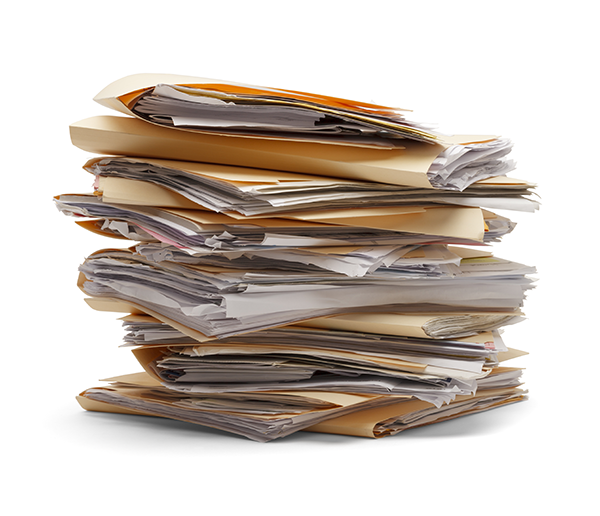Half of Homeowners Default After Big Bank Refi; Some Payments No Lower
Mortgage refinancing doesn’t always stave off a foreclosure, especially when payments remain the same, despite a lower interest rate.
The New York Times offers an example: Jeffrey Mitchell saw the tax bill and insurance premiums rise on the Miami home he bought for $282,000, increasing his monthly payment from $2,200 to $2,700.
Mitchell’s lender, Well Fargo, agreed to cut Mitchell’s interest rate from 6.5 percent to 6.1 percent, but it added fees, back payments and penalties to his principal, raising the amount owed to more than $300,000. He also was assessed a $5,000 payment just to get out of foreclosure. His new monthly payments were about the same, and he defaulted once again on the loan.
Mitchell’s predicament may not be unusual. Valparaiso law professor Alan White told the Times that many modifications result in higher payments or balloon payments at the end of the loan. The statistics illustrate the problem.
More than half the homeowners getting loan modifications from the nation’s 14 largest banks defaulted within six months, the Times story says. Homeowners with loans from smaller mortgage companies fare better in modifications, with less than 25 percent becoming delinquent.
“It’s becoming more and more clear to us that if you do real modifications the default rate is significantly lower,” Iowa Attorney General Tom Miller told the newspaper. “They shouldn’t be called modifications if people pay more or approximately the same.”
Additional coverage:
ABAJournal.com: “$75B Mortgage Bailout Detailed, as Foreclosures Clog Courts”



